 People often struggle to prepare themselves for a major presentation. They spend hours reworking their slides, and rehearsing lines in their heads. Yet, they often end up feeling frazzled and unfocused. How can you prepare yourself so that you are ready and able to present your ideas successfully? Read on:
People often struggle to prepare themselves for a major presentation. They spend hours reworking their slides, and rehearsing lines in their heads. Yet, they often end up feeling frazzled and unfocused. How can you prepare yourself so that you are ready and able to present your ideas successfully? Read on:
Have a clear goal for what you want to accomplish. What is the purpose of this presentation? What do you want the audience to do, think, or feel at the end of your presentation? By focusing on your goal for the presentation, you can drive home a message instead of just providing data. Consider as well the underlying goals of the presentation, which might include relationship-building, responding to questions, or just connecting with the team.
Plan out your opening and close. Research tells us listeners tend to remember what they hear first and last. If your opening and closings are weak, that may be all the audience remembers. So plan this part of your presentation carefully. Make sure your opening leads directly to the content within one to two minutes, and make it simple and easy to follow (and for you to remember.) Try opening with 2 or 3 questions, or stating a major concern the audience has that your presentation can address. Keep it brief and to the point. Same with the ending, if you wind down and end with “well, that’s about all I have…” you will have missed the opportunity to close with impact. Instead, prepare and rehearse a one or two sentence ending that drives home your message.
Practice out loud. Practicing in your head or by reviewing your slides on screen each have their merits, but nothing can take the place of a rehearsal in front of a live audience. You need to say the words out loud to really feel them, even if you do so in front of even one person. If you think you may have a critical or hostile audience, be sure to practice Q&A out loud as well, so you are prepared to answer most any questions that come up.
Use positive self talk. At some point in the preparation process, you are going to have a few doubts; did I prepare enough? Can I respond to all the questions? Will I look nervous? Will I stumble? When doubt hits, be prepared with a positive comeback. Repeat to yourself: “I am fully prepared, I know my material, and I will be fine.”
Get into the room. Walk around the room, sit in the chairs, and stand at the front. Rehearse in the room if you can. Look for the remote, try out the equipment; make sure you have everything you need. One of my clients has a conference room that is large and intimidating to present to customers. I encourage them to spend as much time as they can in that room, observing other presentations and just becoming more comfortable there.
Stay focused. Train your thoughts so that they do not wander. All that matters is your audience and your message to them. Don’t worry about the words; they will come as you focus on getting your message across. Your preparation has paid off; you are ready, focused, and powerful as you share your ideas.
Preparing your content well and getting your head in the right place should help you show up feeling focused, ready and confident.
 Sections of this topic
Sections of this topic















